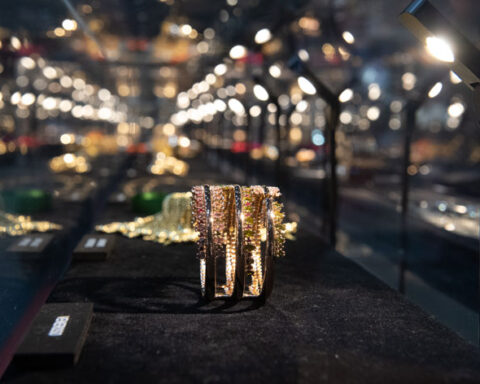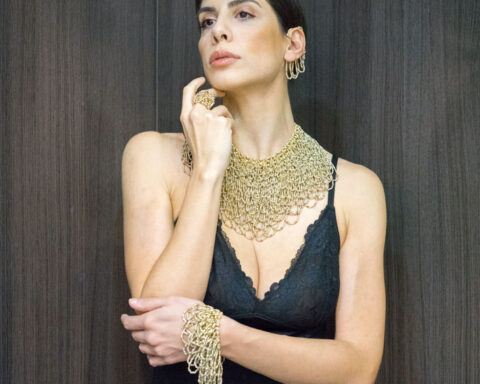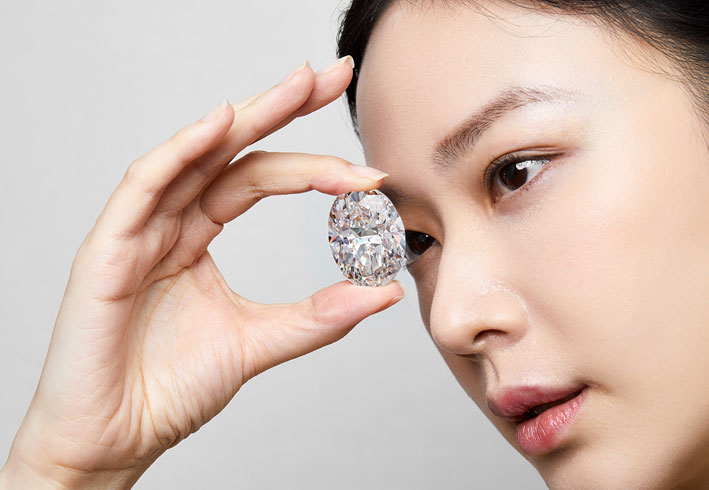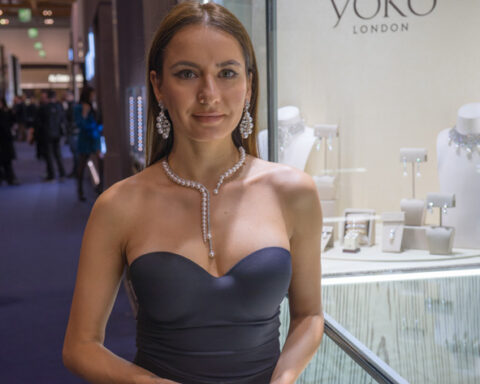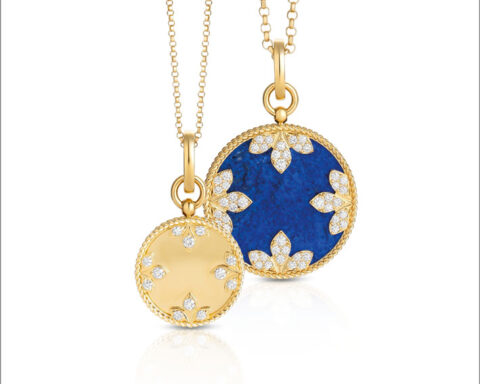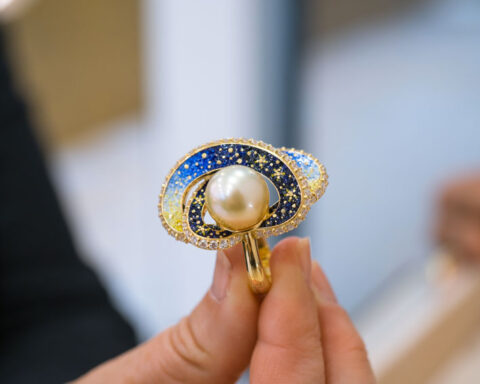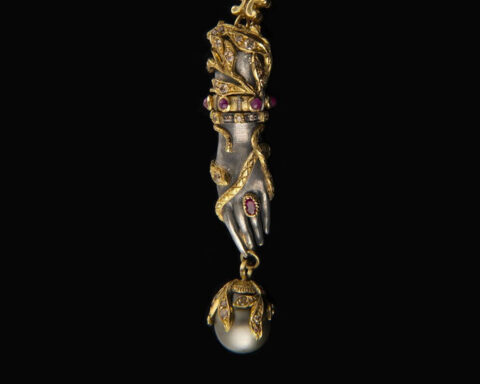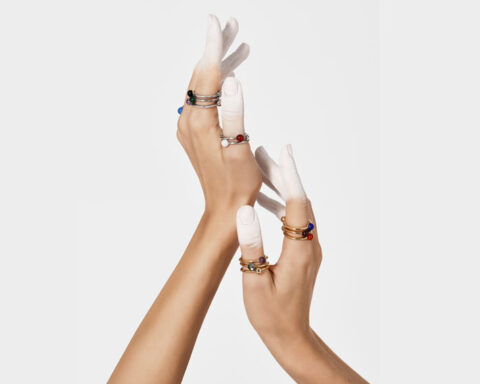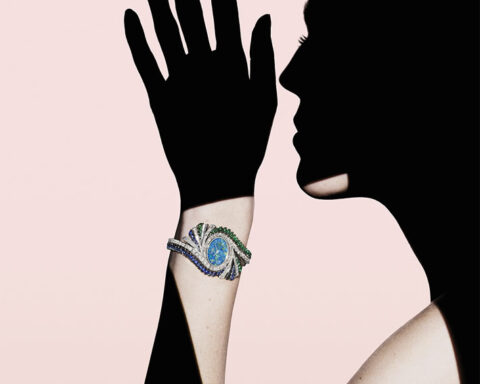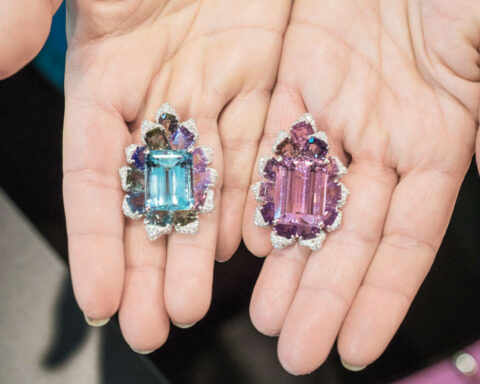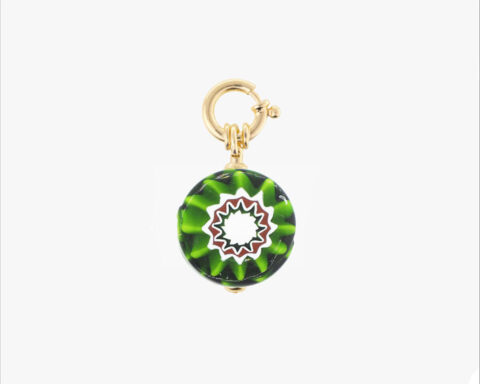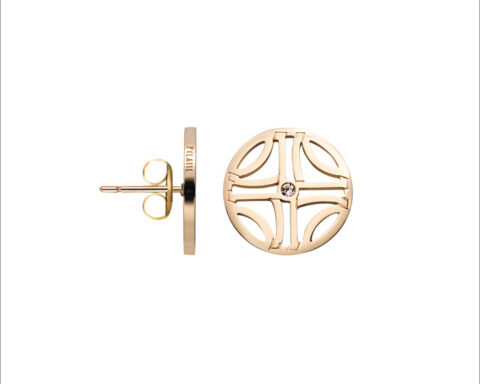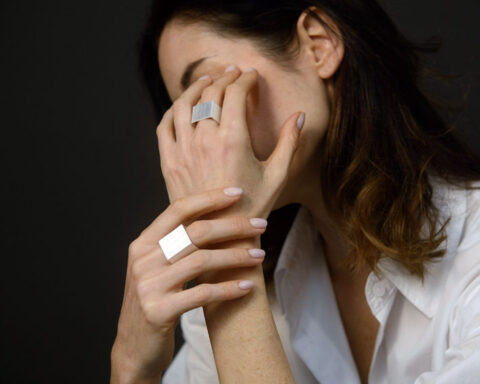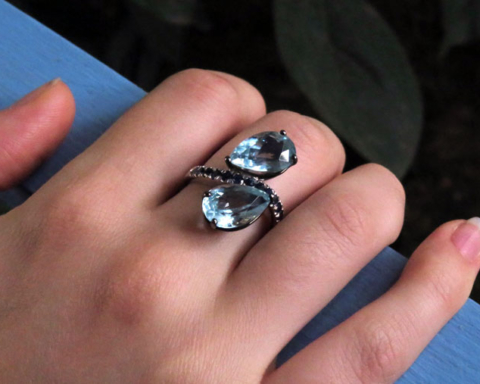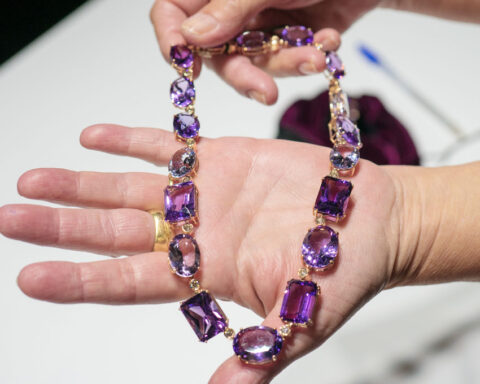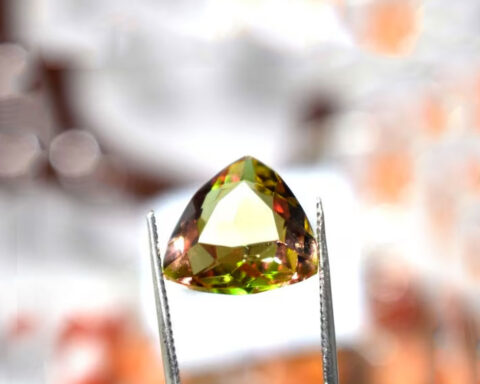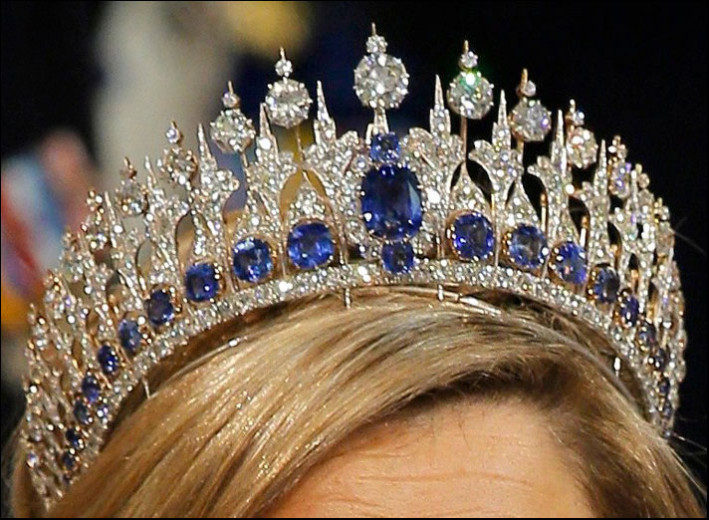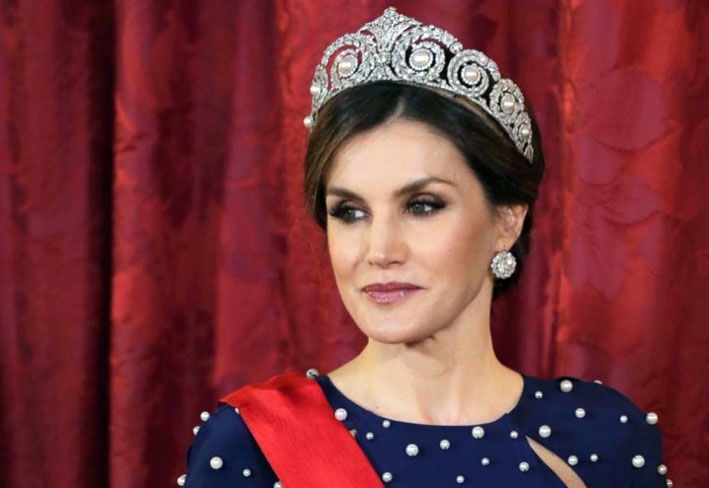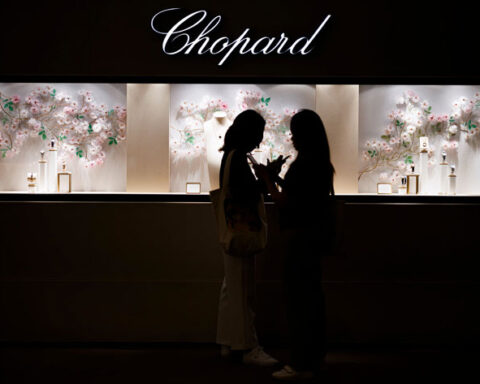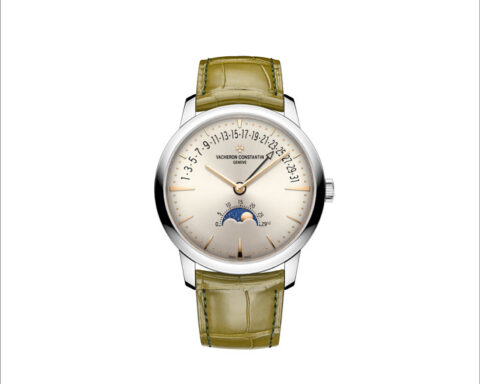Countdown to Oroarezzo (Arezzo Fiere, 11-14 May), a fair dedicated to Made in Italy manufacturing: from gold or silver chains, to semi-finished
MoreGold Art is one of the large Italian jewelry companies. It was born in the district of Arezzo in 1978 on the
MoreHere are the numbers of Haute Jewels Geneva, an event dedicated to the world of jewelry in conjunction with Watches and Wanders.
MoreThe Turin fashion house Mattioli has a new minority shareholder: the private equity fund Peninsula Capital. Il Sole 24Ore reported this, specifying
MoreCampus
Do you know how to distinguish diamonds? What are the four Cs? How are the diamonds evaluated? Here is a quick guide
MoreDo you want to buy a real pearl necklace? Do you want to add a natural pearl necklace to your drawer because
MoreHow to spend as little as possible on a diamond ring? If you want to buy a ring, here are the tips
MoreNews
From the beginning GemGèneve has proposed a mix of exhibitors of gems, vintage jewellery, but also new talents and emerging designers. And
MoreGeneva, capital of jewelery for a week from Monday to Monday, 8-15 April. While Watches and Wonders (formerly Salon International de la Haute
MoreFrom Milan to Venice to tell the story of Buccellati, one of the historic Maisons of Italian jewellery, which today is part
MoreVenice is not just a city on water, but a universal symbol. And its architecture is not only an artistic masterpiece, but
MoreBurato is a historic jewelry brand located in the Venice area, but it is also one of the few in the sector
MoreSaturn is the sixth planet in the solar system from the Sun and the second most massive planet, after Jupiter. But it
MoreThe challenge is arduous: to move from the new art deco style of Louis Vuitton high jewelery to the Venetian neo-baroque. At
MoreIt is not necessary to explain why many Iranian women, those who are able, decide to go abroad. Roshanak Payrovi has chosen
MoreFope still focuses on the combination or, if you prefer, on the contrast between different colors, an idea that he had already
MoreDe’ Lazzari Oro Addosso, the story continues with new jewels. ︎ After 40 years, the yellow metal continues to be at the
MoreArt Deco is a style of visual arts, architecture and design that first appeared in Paris in the 1910s and flourished in
MoreSilver
The Assoluto collection by Pianegonda was the novelty designed by the brand’s creative director Betony Vernon, who chose model Anna Cleveland as
MoreIn spring silver also flourishes with Blossom, one of Giovanni Raspini‘s latest collections. The Tuscan Maison has chosen the classic floral theme
MoreHigh
Fine jewelry + fine watchmaking = Piaget. The equation or, if you prefer, the algorithm marks a result that is always the
MoreKaren Suen Fine Jewelery is a brand launched in 2007, which immediately found approval for the quality of its jewels. In a
MoreAt Haute Jewels Geneva Marco Bicego presented new jewels from Alta, the top of the range line of the Maison. These are
MoreBioux
The murrina is a colored glass object obtained with a special process born in Murano, an island opposite Venice. The technique is
MoreAlviero Martini 1A Classe’s ideal world tour through the most famous places continues with the La Croisette collection, inspired by the walk
MoreNew collections, new ideas, new jewelry in a design atmosphere. The Ellesanti brand immerses itself in Milan Design Week with a presence
MoreBijoux for very young people, with a touch of fantasy and a cartoon style. Amen has presented a new line dedicated to
MoreGems
All you need to know about one of the gems most loved by jewelry: the aquamarine, which is also the stone of
MoreThe stone of February is the amethyst. But this gem also it like in the other 11 months of the year. Discover
MoreA fascinating stone, but rare and little known: the csarite or zultanite. It costs like an emerald and can change color ♦
MoreThe tsavorite is already more 50 years old: it was discovered in 1967. The story of the tsavorite is very adventurous, and
MoreRoyals
Watches
Watches and Wonders Geneva announces a record edition, with positive expectations for the fine watchmaking sector. In summary, the great event dedicated
MoreNews from Watches and Wonders, the Geneva show that brings together 54 high-end watchmaking brands. In the Swiss city Vacheron Constantin presented
MoreAngelus Swiss watches have marked the history of hands. The company, founded in 1881 by brothers Albert and Gustav Stolz, now presents
More
